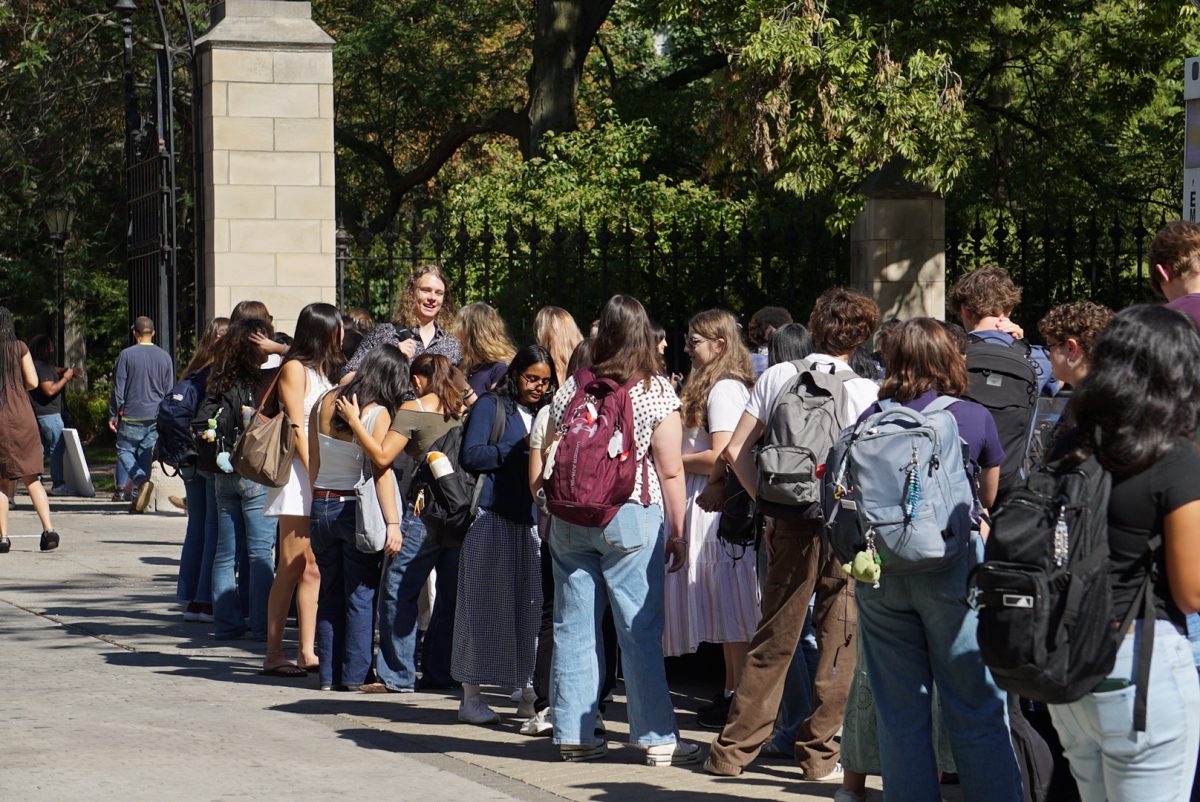A recent study suggests that the University of Chicago is more accessible to families with a wider range of income than other elite universities, while noting that less selective universities provide for mobility on a much larger scale.
On January 18th, the New York Times published a series of results from a study conducted by The Equality of Opportunity Project. The study looks at how American colleges fare as weapons against inequality. The University of Chicago did better than other elite colleges in terms of fighting against inequality, but performed poorly when compared to the entire pool of colleges in the country.
The study used anonymized tax returns and attendance records to track about 30 million students born between 1980 and 1991. Nearly every college in the country was evaluated.
The study focused on three measurements: access, outcome, and mobility. The University is designated as an “Ivy Plus” college. The rest of this group includes the Ivy League colleges, Duke University, Massachusetts Institute of Technology, and Stanford University.
At the University of Chicago, the median family income of a student is $134,500. Fifty-eight percent of students come from the top 20 percent.
Compared to its Ivy Plus peers, the University of Chicago is most accessible to lower-income populations, with the lowest share of students from top 0.1 percent and highest share of students from bottom 20 percent. When compared to other universities in Illinois, however, the University of Chicago has the lowest share of students from the bottom 20 percent.
The University has the lowest share of students who end up in the top 1 percent among Ivy Plus colleges and the highest share of students who end up in the bottom 20 percent. The University also has the lowest average income percentile for a poor student (69th). Against other Illinois universities, the University of Chicago has the highest share of students who end up in the top 1 percent income bracket.
The University has the highest share of students who moved up two or more income quintiles among both Illinois universities and Ivy Plus colleges.
The study also compiled national rankings of universities in terms of access and mobility. On those lists, the University of Chicago still performed better than its Ivy Plus peers in most instances, but visibly poorer than many other colleges across the country.
Nationally, the University ranks 114th at having more students from the top 1 percent than the bottom 60 percent. Princeton University ranks 21st, Stanford University 41st, and Harvard 62nd.
Among elite colleges that enroll the highest percentage of low-income and middle-income students, the University ranks 11th, where Harvard, Stanford, and Princeton rank 14th, 26th, and 51st respectively.
On mobility, the success rate of which measures the percent of lower-income students who ended up in the top 40 percent, the University ranks 1820th nationally. Stanford, Harvard, and Princeton fall even lower on the chart.
The study found that lower-income students who were admitted to elite colleges performed almost identically well as their richer counterparts. In other words, improvement in results for low-income students was substantial. As such, elite colleges do provide high mobility, except only for a small slice of the population. Less selective colleges seem to provide similar results to a much bigger portion of the student population, the report suggested.
Overall, access to elite colleges among the bottom 40 percent of the country has not changed much over the duration studied. One explanation of this phenomenon, suggested by the New York Times’ reporting, may be that, while top colleges have made serious efforts to make tuition free for lower-income students, not that many from the group gain admission in the first place.








